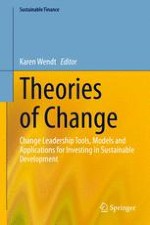2021 | OriginalPaper | Buchkapitel
Towards a Unifying Framework of Impact Assessment in Impact Investing
verfasst von : Swee-Sum Lam, Xiang Ru Amy Tan
Erschienen in: Theories of Change
Verlag: Springer International Publishing
Aktivieren Sie unsere intelligente Suche, um passende Fachinhalte oder Patente zu finden.
Wählen Sie Textabschnitte aus um mit Künstlicher Intelligenz passenden Patente zu finden. powered by
Markieren Sie Textabschnitte, um KI-gestützt weitere passende Inhalte zu finden. powered by
